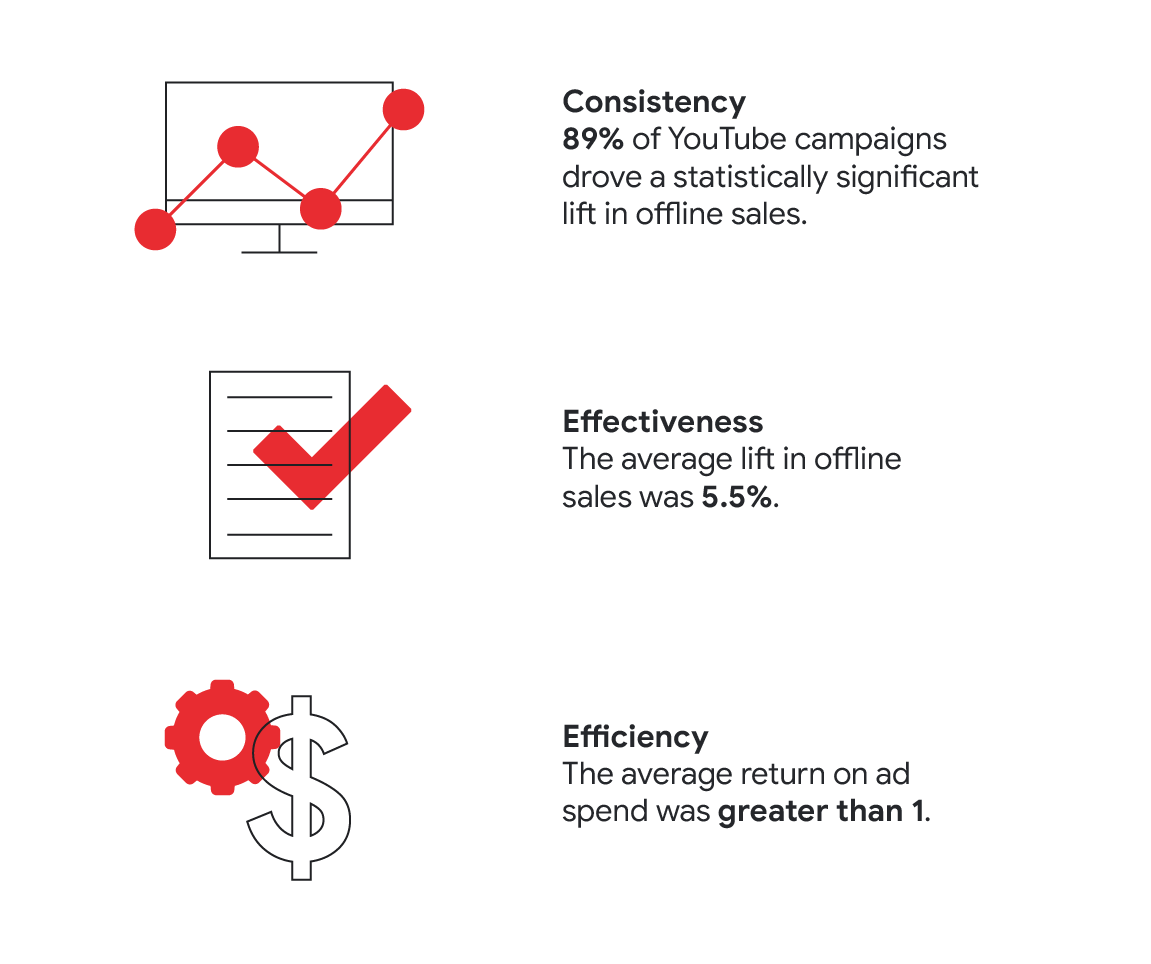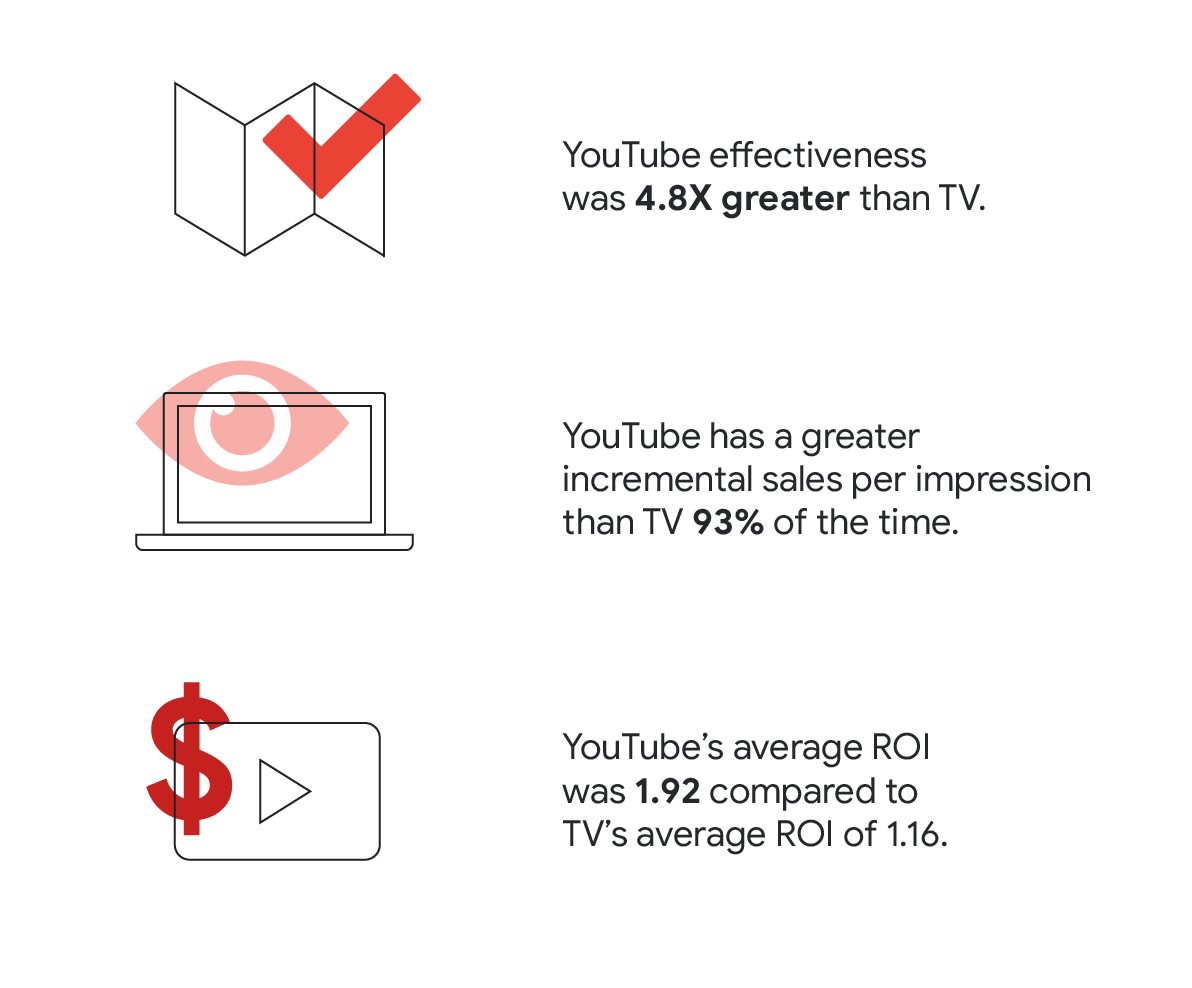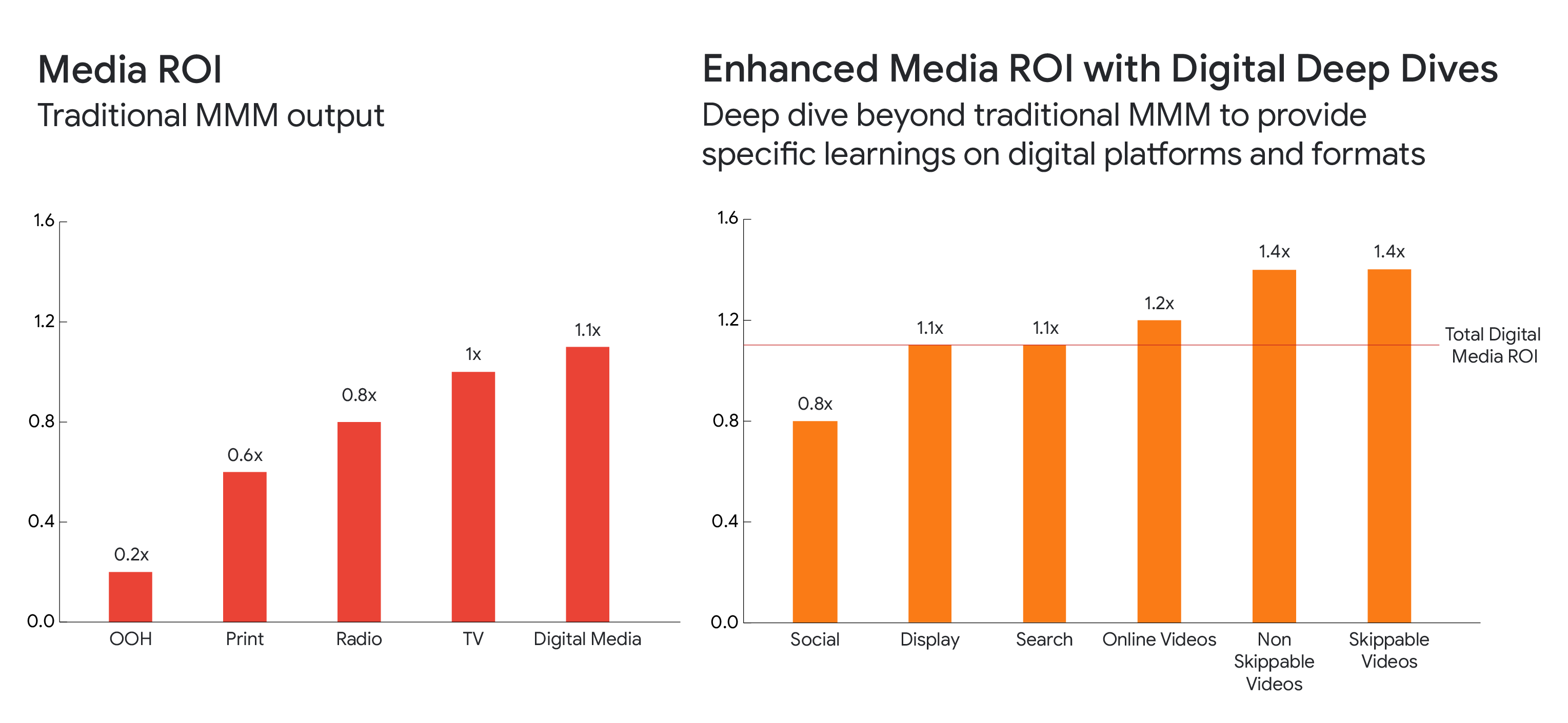Most marketers have heard the old saying: “Half the money I spend on advertising is wasted; the trouble is, I don’t know which half.” For many, the answer to this question is as mysterious as the origins of the quote itself.
But here’s what we all know for sure: Brand marketers need to evaluate whether their campaigns are effective in generating incremental sales. Then they must understand whether these campaigns are efficient. In other words, do they generate enough incremental sales to cover the costs of the campaign so they can determine whether to continue or change course.
However, accurately measuring the impact of a marketing campaign — then identifying ways to improve the return on that investment — has only become more challenging as brands compete for customer attention in an increasingly crowded landscape of fragmented media channels and brand messages. What’s a marketer to do?
Brands that adopt a measurement strategy combining credible, comprehensive, and actionable solutions will, more often than not, find further opportunities for growth.
Well, having an informed strategy is a good place to start. There are two commonly used approaches to measuring the sales impact of media platforms. Sales lift studies, which measure the impact of a single platform, and marketing mix modeling (MMM), which looks at the impact of multiple platforms at once.
To help marketers better navigate their measurement challenges, we recently partnered with Nielsen to identify YouTube’s sales impact across APAC countries and uncovered some useful ways marketers can apply sales lift studies and MMM to determine the impact of their own brand campaigns.
Find The “working half” of Your Ad Spend
Over the last three years, we ran 57 sales lift studies in APAC — spread across 16 categories and 46 different brands — to understand YouTube’s effectiveness.
Using a Nielsen Matched Panel Analysis study, we measured the impact of a single YouTube campaign while controlling for possible variables such as price, distribution, promotions, and other activities. This causal impact design allowed us to isolate the true impact of YouTube by comparing the sales between markets where we ran the campaign and control markets where we did not run any YouTube ads.
“The studies allowed us to measure the impact of YouTube in a variety of conditions while also allowing us to assess the effects that different YouTube formats and target audiences had on sales,” said Jayati Basu, Director – Marketing Effectiveness at Nielsen.
An analysis of these studies demonstrated three key aspects of our platform:

In our YouTube effectiveness journey, we wanted to examine how YouTube performs compared to other channels and platforms. We conducted another meta-analysis of MMMs that Nielsen had built over the last few years across APAC and compared YouTube to TV and other digital channels.
In India, we analyzed more than 100 MMMs from 2016 to 2018 and noted the following:

We conducted a similar analysis in Japan from 2017 to 2018 and learned the following:

Tips for Advertisers
Run MMMs to understand how your overall channel mix is working in regard to driving incremental sales for your brand. Focus on both effectiveness (in other words, incremental sales per impression) and efficiency (in other words, incremental sales per dollar) while making your media allocations. Also, consider working with a Google Measurement Partner to discover granular campaign-level YouTube/Search/Display data that you can use to understand the return on your investment so you can improve what’s working and fix what’s not.


